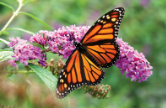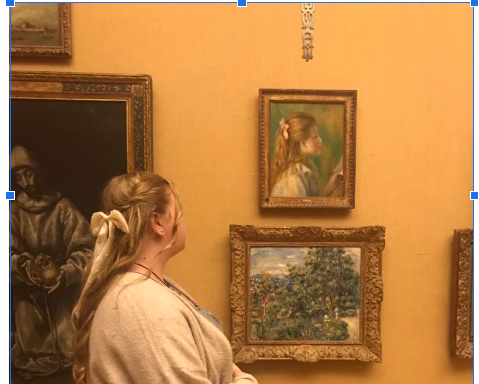A staple of spring: delicate, intricate wings, fluttering ever so peacefully around newly sprouted flowers. They may be tiny, but their impact is certainly not. Butterflies are pollinators, meaning they keep plants alive by transferring pollen between them. This is only the beginning of the many contributions that butterflies make.
How Butterflies Contribute to Ecosystem: Butterflies play a vital role in pollination. Combined with bees, butterflies create and maintain springtime. Their contribution ensures that humans have crops, plants, and flowers. The world would be a lot less colorful and much less beautiful without them. Not to mention the lack of food that we would have without pollination. Butterflies visit countless places and many plants throughout their lifetime. Furthermore, butterflies are indicators of ecosystem health. They only visit places that possess the resources they need, and any healthy ecosystem should be able to support butterflies and other insects.
Butterfly threats: Unfortunately, butterflies face many threats. Habitat loss is a huge issue. Residential and agricultural construction means that butterflies have fewer spaces to live. Widespread pesticide use also poisons and kills butterflies and caterpillars. Invasive species and plants also negatively impact butterflies. They use up resources and space that butterflies need for survival. Climate change is also a factor. Butterflies have delicate balances, and temperature rises cause increased metabolic rates and a higher need for food and water. Butterflies are ectothermic insects, which means they rely on external heat to regulate their temperatures. Furthermore, in order to have butterflies, caterpillars must be able to survive. They are easily affected by droughts, lack of food, and disease as well.
Helpful Humans: Luckily, there are things that humans can do to help butterflies. Planting milkweed and other native plants can help provide nutrients for butterflies. Nectar plants and wildflowers can help as well. Another crucial part of helping butterflies (and all wildlife!) is to stop using pesticides and chemicals. If you don’t already have a garden, creating one is also a great idea. Small size doesn’t mean your garden cannot be helpful. Butterflies benefit from many different types of plants and flowers. Many organizations protect and conserve butterflies. You can become a volunteer or donate. Finally, taking action against climate change inadvertently helps save butterflies. Imagining a world without butterflies is dark in more than one way. A united front is needed to protect them and the ecosystems they support.
Interesting Facts: Butterflies taste with their feet! When they land on a plant, they use their feet to tap on its surface and release juices, which they taste with their feet to determine if the flower is edible. Butterflies survive on only liquids, and do not eat any solid foods. While they are known for their two beautiful wings, they actually have four. Two smaller wings can be found on almost every species that help with balance and flight. Furthermore, their wings are transparent and have tiny scales, unlike any other insects. Butterflies and moths are the two insects that come from caterpillars and they are part of the same class as insects known as Lepidoptera. They can also see color, which is part of their process to locate plants to pollinate and source food from. Most species of butterflies can travel 8-20 km per hour, and many, such as the beloved Monarch butterfly, migrate. They track the sun’s position, which helps them to tell time.










